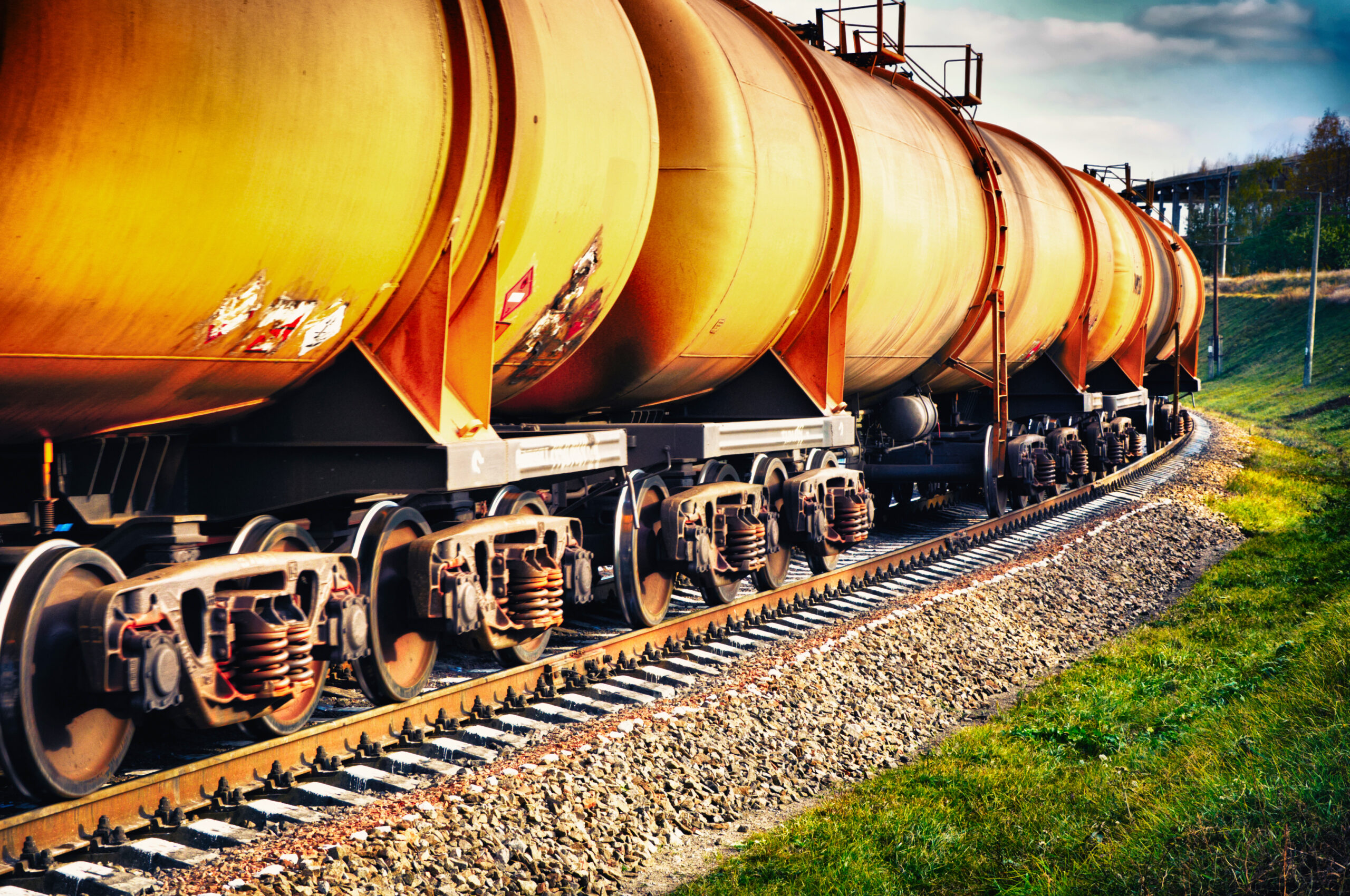Originally appeared in the Wall Street Journal on May 14, 2014.
The Keystone XL Pipeline got another nail in its coffin Monday, in the form of a Senate energy vote that excluded the pipeline issue. But Keystone was already near death thanks to the Obama administration’s recent decision to ignore the evidence of a definitive government study—and instead keep listening to environmentalists’ dubious claims. The upshot will be more political fires in Washington caused by train derailments in the absence of a pipeline to transport oil more safely.
After the derailment in downtown Lynchburg, Va., on April 30, approximately 30,000 gallons of Bakken crude oil burned or spilled into the James River. On May 9, a derailment north of Denver spilled another 6,500 gallons of oil, which was contained in a ditch before reaching the South Platte River. Fortunately, unlike in the 2013 derailment in Quebec where a 1.3 million-gallon spill killed 47 people and incinerated 30 buildings, no one was injured in Lynchburg or Colorado.
These and other tank-car derailments are prompting local, state and federal officials to consider various regulations to reduce the threats of such accidents, including lower train speed limits and safer tank cars. Unfortunately, few policy makers are doing sensible risk assessment.
Clearly, we are going to continue moving crude oil and petroleum products from where they are extracted to where they are needed. When considering whether to approve the Keystone XL, therefore, the question has to be: Which is safer, pipeline or rail tank cars?
President Obama’s own State Department answered the comparison question plainly in February. According to the report, pipelines larger than 12 inches in diameter in 2013 spilled more than 910,000 gallons of crude oil and petroleum products—compared with 1.15 million gallons for tank cars, the worst in decades. Comparing total oil spilled makes it appear, at first glance, that pipeline and rail safety records are similar. That’s only until you factor in that pipelines carry nearly 25 times more crude oil and petroleum products.
The State Department report estimates that the Keystone XL carrying 830,000 barrels a day would likely result in 0.46 accidents annually, spilling 518 barrels a year. Under the most optimistic rail-transport scenario for a similar amount of oil, 383 annual spills would occur, spilling 1,335 barrels a year.
The report is even harsher on railroads when it comes to human injuries and fatalities. It estimates that tank cars will generate “an estimated 49 additional injuries and six additional fatalities” every year, compared with one additional injury and no fatalities annually for the pipeline.
Consider the safety record of the Trans-Alaska Pipeline System, which includes the huge 48-inch-diameter mainline pipe carrying crude from Prudhoe Bay, 11 pumping stations, several hundred miles of feeder pipelines and the Valdez Marine Terminal. The largest oil spill in the system occurred in 1978 when an unknown person blasted a one-inch hole into a pipeline. It leaked 16,000 barrels and had no disastrous effects.
The debate over the Keystone XL vs. railcar transport can be likened to the safety of offshore vs. onshore oil production. By putting nearly 60% of potentially oil-rich onshore lands off limits, we have forced exploration and production offshore. Oil production onshore is safer than offshore just as pipelines are safer than tank cars. While the Deep Water Horizon oil spill well gushed nearly five million barrels into the Gulf of Mexico over an 87-day period beginning on April 20, 2010, a blowout in western Pennsylvania in June (while Deep Water Horizon was spilling) was capped in 16 hours and spilled only a few thousand gallons.
Similarly, pipeline spills are more easily controlled and cleaned up than are tank-car derailments. With so many railroads running along waterways and wetlands, 17-mile-long oil slicks, like the one from the Lynchburg derailment, will be more common. In contrast, the State Department reports that the Keystone XL would drill under rivers to avoid “direct disturbance to the river bed, fish, aquatic animals and plants, and river banks.” Moreover, between 1992 and 2011, 40% of the liquids spilled from pipelines was recovered.
Putting the debate over the Keystone XL in this context shows the absurdity of killing the pipeline project. But the Obama administration appears determined to accept environmental arguments that the pipeline could leak (even though the likelihood is less than with rail) and that with the extraction and use of oil from Alberta, Canada’s oil sands will increase global warming. On the latter point, the State Department report again is clear that net carbon emissions won’t be much different with or without the Keystone XL—because the Canadian tar sands will likely be developed regardless of how the oil is transported and because trains emit more carbon dioxide than pipelines.
Whether the president and other politicians or environmentalists like it or not, oil and gas will be moved from remote areas in the north to refineries in the south, east, and west or to overseas terminals. Opponents may take smug satisfaction in raising the cost of energy and discouraging consumption, but their actions are hypocritical when it comes to saving the environment.
Fish, birds, wildlife—and people—beware.




